The Esteemed Gentleman Articles
Don't Panic! What To Do When Your Mechanical Watch Stops
While mechanical watches have their pros and cons in the watch community, many watch enthusiasts have at least one in their collection. Mechanical watches are admired for their craftsmanship and horological importance. They require more maintenance than quartz watches, but that doesn't bother those who appreciate them.
Here are eight of the most common reasons why your mechanical watch has stopped:
Your Mechanical Watch Ran Out Of Power And Needs A Wind
The most common reason for a mechanical watch to stop working is mainspring power depletion. This happens when the mainspring becomes completely unwound inside the watch and all the parts stop moving.
There are two types of mechanical watch movements:
- Automatic movements
- Manual wind movements
Both types of movements are very similar but are not the same. Here is how to set and wind both automatic movements and manual wind movements:
How To Set And Wind An Automatic Watch:
If your automatic watch has stopped, set the time first before winding it. An automatic watch should always be wound by the crown first. Do not shake an automatic watch to stat it, as this can damage the movement.
Many modern automatic watches require the crown to be pulled out to the first position to engage the winding mechanism. Give the crown 20-30 turns. You will see the seconds hand start to move.
Once the hands move, you can put the watch on your wrist and let the rotor do the rest of the work. The rotor on an automatic watch is a small weight that swings freely while the watch is in motion. The rotor winds the mainspring through a series of gears on the movement, ensuring the watch stays powered throughout the day.
How To Set And Wind A Manual Wind Watch:
If your manual wind watch has stopped, always set the time before winding it. Just like an automatic movement, use the crown to wind the mainspring. Many vintage manual wind watches do not require the crown to be pulled out, just simply turn the crown clockwise to start winding. You will feel some resistance and may hear a faint zipper-like noise as it winds.
Unlike an automatic movement, manual wind movements do not contain a rotor. This means the watch has to be wound more frequently to ensure accurate timekeeping. Many manual wind watch enthusiasts will wind their watch multiple times a day, usually in the morning before they put it on and in the evening when they take it off for bed.
The Movement Inside The Watch Could Be Damaged
A typical mechanical watch movement contains between 130 and 150 parts. The number of parts increases with every complication the watch has (like a day/date function, chronograph, GMT, power reserve indicator, etc.).
Here are five of the most common factors that can damage your mechanical watch movement:
The Movement Is Overwound
If you own a vintage manual wind watch you can run the risk of over-winding it if you are not careful. While winding a vintage watch, pay close attention to the amount of resistance you feel while winding. If the crown becomes tough to turn, stop immediately. Going any further can damage the movement, which can be a very costly repair depending on the age and rarity of the watch.
Many watchmakers are skilled in repairing mechanical movements. Even if they cannot find the exact same model of movement, they can usually source parts from other watches or retrofit a new movement into the case.
Modern mechanical watches contain a mechanism called a 'slip clutch' (also called a 'slip ratchet') that allows the watch to be infinitely wound without causing damage to the movement. A slip clutch engages once the mainspring has reached max tension from winding. Any extra winding will be sent to the slip clutch, where it freely spins from the mainspring.
The Time Was Set Incorrectly
If your watch contains a day/date function, be aware that setting it between 9pm and 3am can damage the movement. The day and date functions are engaged during this time. Forcing them to change while they are engaged can shear off teeth from the gears and jam components, damaging the movement.
We explain more in our article Why You Should NEVER Change the Date On Your Watch Between 9 and 3 including how to correctly set the date, day and time on watches with those complications.
If you watch does NOT contain a day/date function, you can set the watch at any time since the movement does not have the necessary components needed for those functions.
There May Be Water In Your Watch
Every watch runs the risk of being damaged by water, even dive watches with high water resistance ratings. A single drop of water is enough to seize a watch movement and cause irreversible damage.
If you think your watch has suffered water damage, inspect it for the following:
- Condensation or fog on the crystal
- Discolouration of the dial, hands, and indices
- Issues setting the time like hands and day/date complications not moving when they should
- A noticeable reduction in timekeeping accuracy
- Issues winding the watch like the crown does not turn or feels very stiff
- Rust on the case (check both the front and back)
- Staining or residues around the case back and crown
- If your watch has complications like a chronograph, test the pushers. They should not stick or be tough to engage
To prevent water damage, always ensure your crown is pushed in all the way. Some watches have a screw-down crown that threads into the watch case, ensuring a tight seal. Speaking of seals, always have your gaskets and seals replaced when your watch is serviced. A vintage diving watch will not survive long under water with its original seal.
If your watch has complications that require pushers, avoid operating them under water as this can compromise the seals on the pushers, allowing water to enter the watch. If you wore your watch in salt water, rinse it off with fresh water as soon as possible to prevent corrosion. Dry your watch off as soon as you can.
Repairing a water damaged watch is possible depending on the severity. In many cases, a water damaged movement will have to be completely disassembled and inspected piece-by-piece to determine what can be salvaged and what needs to be replaced.
Sudden Impacts Like Being Dropped Could Knock Something Loose
Mechanical watches cannot survive kinetic impacts like their quartz counterparts. Parts inside the movement can be jostled loose by sudden impacts like being dropped or while on your wrist if you play sports like golf or tennis.
If you think your watch has suffered damage from impacts, hold it up to your ear and gently shake it. If you hear any rattling, there's likely a part that has come loose from the movement and requires repair.
If you do not hear any rattling but still think your watch may be damaged, wind it and track its accuracy. If the watch runs faster or slower than normal, take it to a watchmaker.
Dried Out Oils And Lubricants Can Cause A Movement To Seize
Just like an engine, a mechanical watch requires specialized oils to keep it running smoothly. Over time, these oils will dry out, impacting the watches timekeeping ability and accuracy. If neglected long enough, the oils will get gunked-up enough to seize movements entirely.
A mechanical watch, just like a car, needs to be taken in for regular service and maintenance to ensure all the parts are working properly. Many watch brands recommend servicing their mechanical watches every 3-5 years. Watches with more complications (like day/date functions, chronographs, etc.) should be serviced more frequently.
Magnetism Will Affect A Watches Accuracy And Can Stop A Movement Entirely
Mechanical watch movements are made from various types of metal that can be affected by magnetism. When in the presence of a magnetic force, the balance spring and balance wheel can become stuck together or stuck to other components inside the movement. This can cause the watch to run fast or slow.
We recommend not wearing a mechanical watch if you are around items like speakers, electronic motors, and large appliances. They all contain magnetic fields that can affect your timepiece.
If your mechanical watch has been affected by magnetism, you can get it demagnetized by a watchmaker or with a special demagnetizing tool sold at most hardware stores. Note that quartz and digital watches can also be affected by magnetic fields, although the magnetic field needs to be much stronger than what affects a mechanical movement.
Summary
To prevent damage to your mechanical watch we recommend keeping it in a safe place, like a watch box, when you are not wearing it and avoid wearing it during physical activities. Avoid water the best you can unless your watch has a water rating and new seals. Service your watch frequently to keep it accurate and in tip-top shape.
When you subscribe to the article, we will send you an e-mail when there are new updates on the site so you wouldn't miss them.



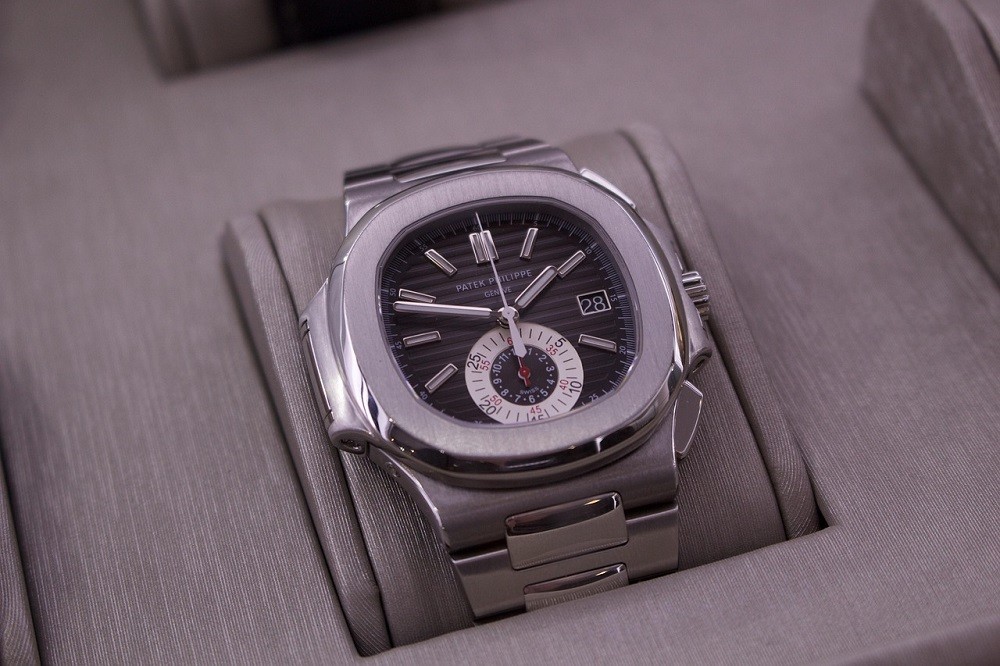
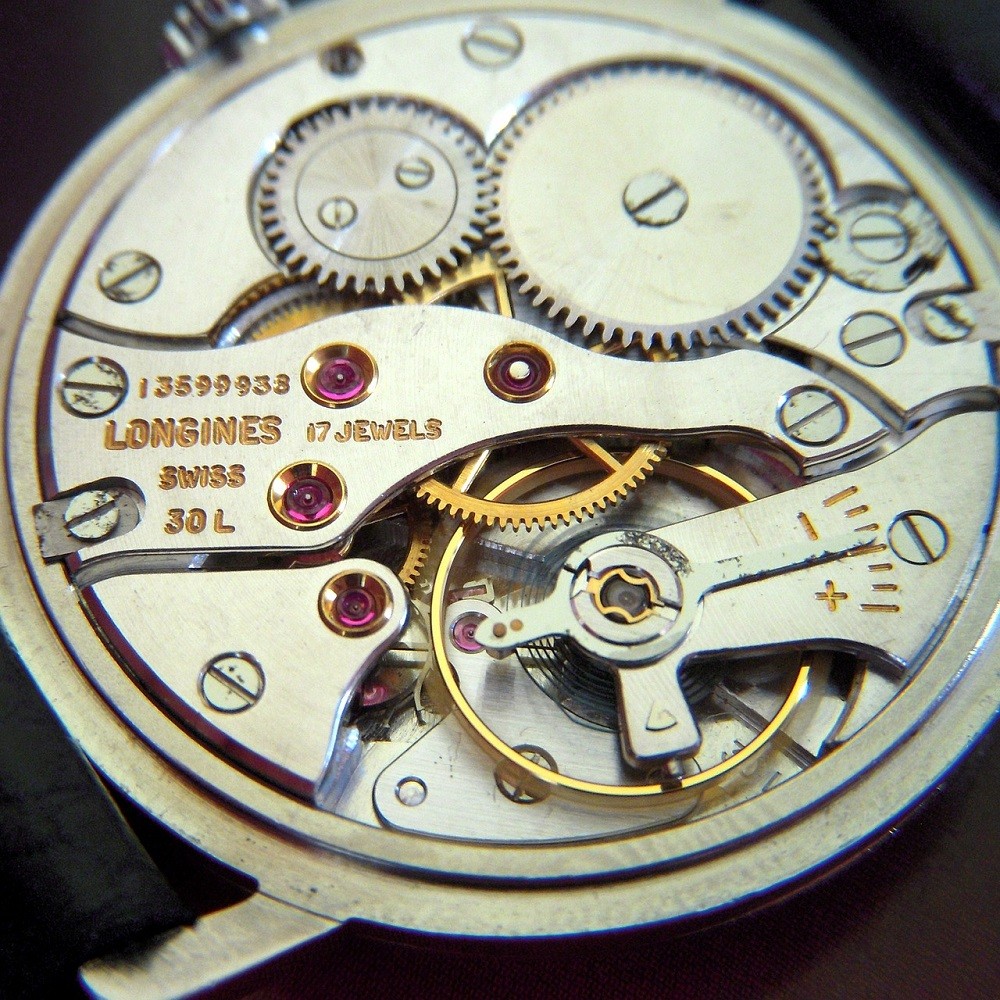
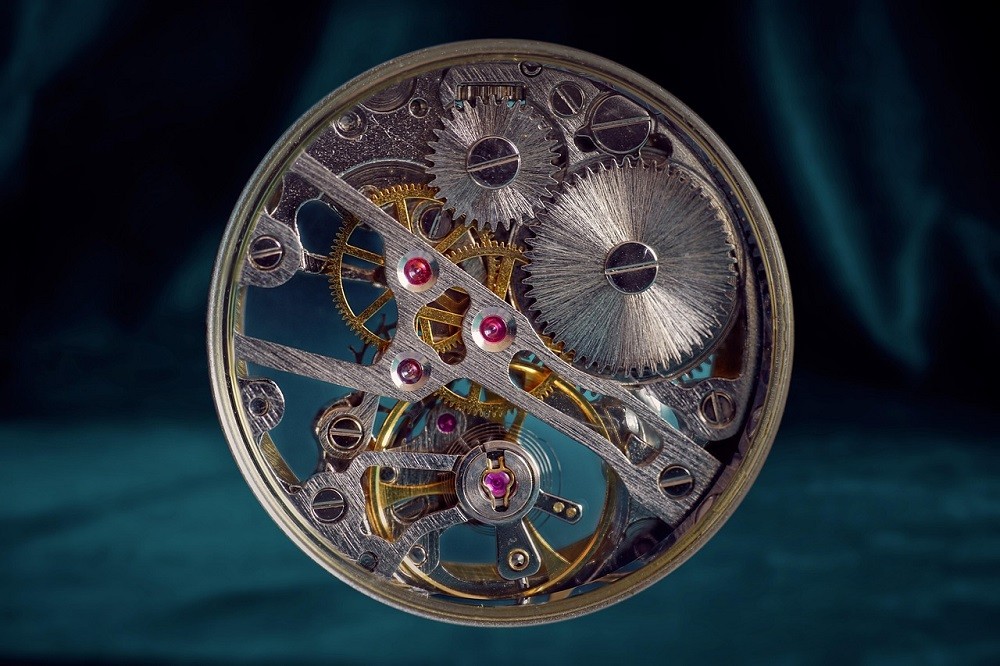
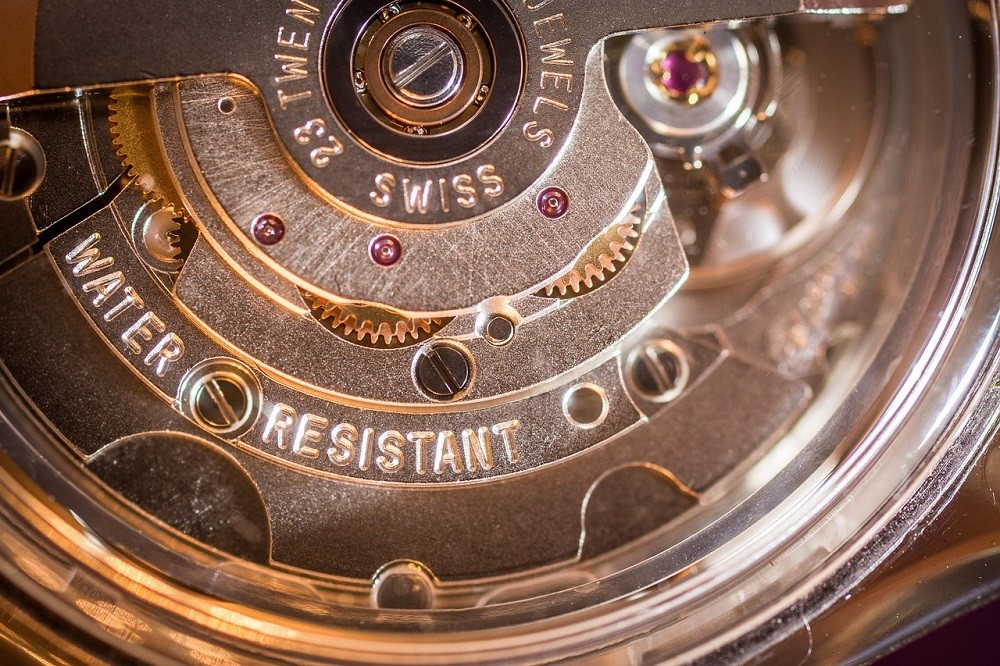
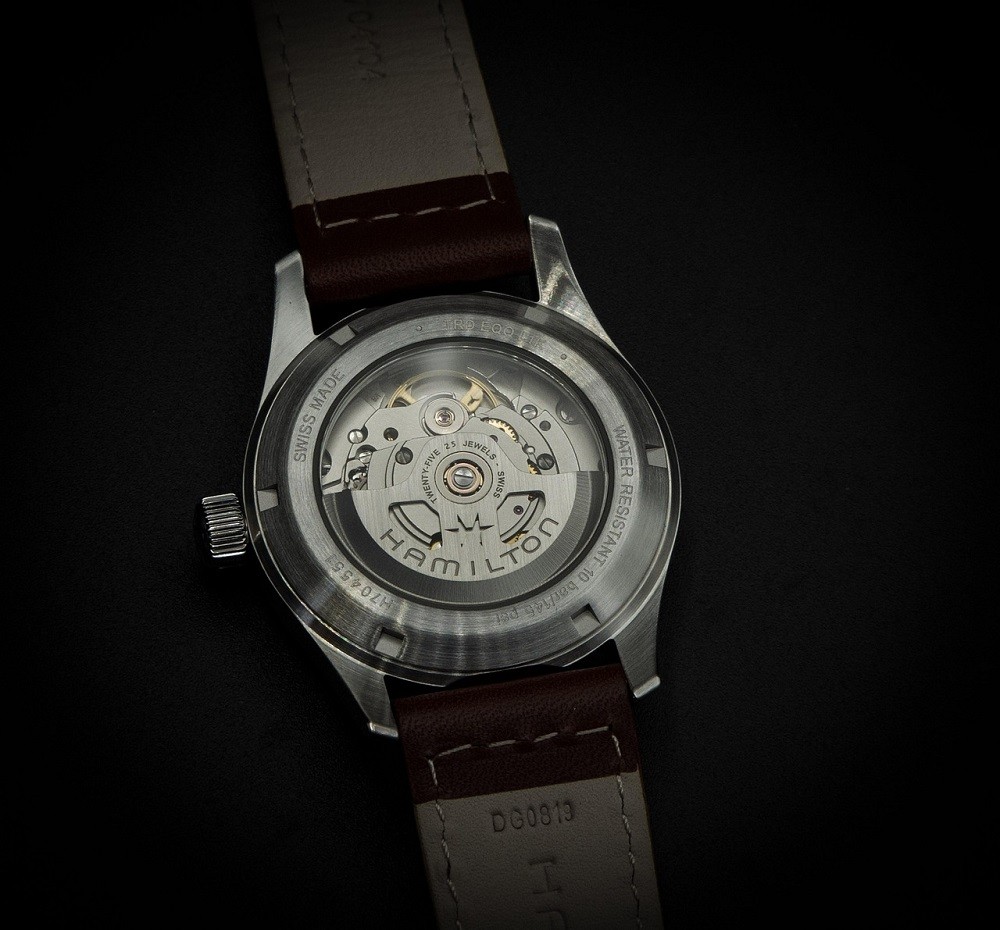


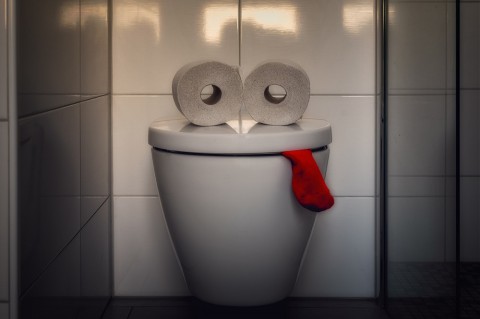
Comments